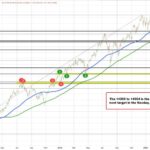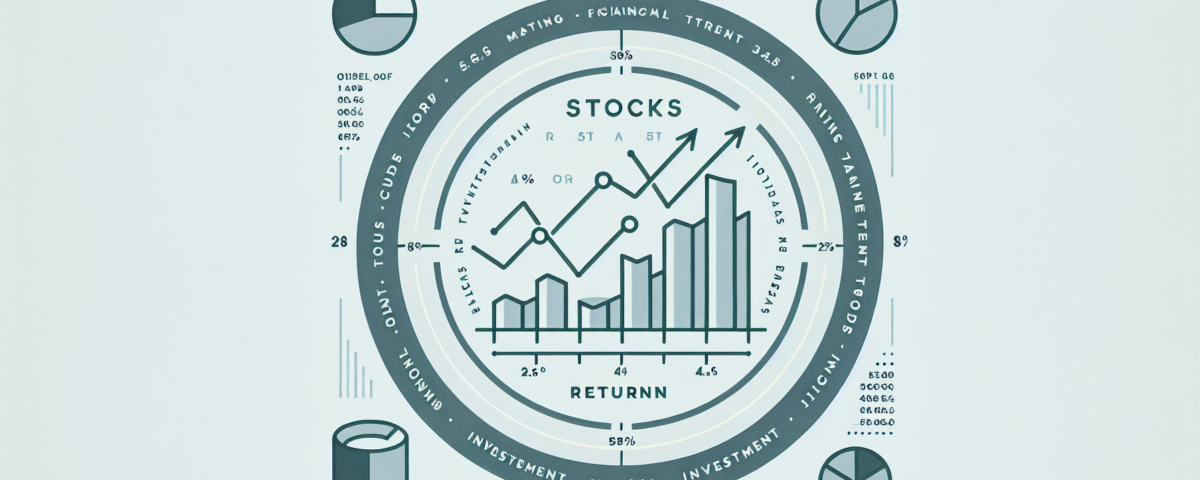
Navigating Turbulence: S&P 500 & Nasdaq Outlook Amid Market Uncertainty
Tháng 4 7, 2025
The Urgent Call for a 90-Day Tariff Pause: Trump, Ackman, and the Future of U.S. Trade
Tháng 4 7, 2025Turmoil in the US Stock Markets: Analyzing the Recent Plunge and Future Prospects
Recent developments in the US stock markets have captured the attention of investors and analysts alike, primarily due to significant chaos triggered by President Trump’s announcement of sweeping tariffs. This unexpected policy shift has resulted in a historic decline across major indexes, with the S&P 500 plummeting by an alarming 10.53% in just two days, a movement that firmly positions it within oversold territory.
The Historic Decline of Major Indexes
The S&P 500 and NASDAQ experienced their worst two-day performance since March 2020, pushing them into a bear or correction territory. Such drastic declines heighten investor apprehension, driving increased volatility in the market. The downturn is not merely a statistical anomaly; it reflects deeper concerns regarding economic stability and the implications of an escalating trade war. The tariffs, aimed at various sectors and products, have led to heightened tensions not only with China but also within the European Union, prompting retaliatory actions that further exacerbate global trade dynamics. Understanding global reactions and the economic implications can be insightful for investors, especially considering China’s strategic moves in response to trade tensions, as discussed in a detailed analysis found here.
The Impact of Tariffs and Global Trade Tensions
The tariffs introduced by the Trump administration have stirred significant uncertainty in the global economy. With countries like China and the EU issuing retaliatory tariffs, there is ample cause for concern that an already fragile economic environment may face additional strain. The repercussions of these trade tensions extend beyond the borders of the United States, influencing international markets and creating a ripple effect among global investors. As trade concerns loom larger, many investors remain in a wait-and-see mode, uncertain about the future trajectory of the market. To navigate these market upheavals effectively, it is important for investors to be aware of common investment mistakes that could further complicate their strategies, detailed in a comprehensive guide here.
Oversold Conditions and Potential for Relief Rallies
Despite the bearish momentum and prevailing fear among investors, there exists a glimmer of hope in the form of potential oversold conditions. Technical indicators such as the Relative Strength Index (RSI) and Slow Stochastic have signaled that the market is extremely oversold. Historically, such conditions pave the way for relief rallies as prices may rebound in the short term. A bounce back after profound declines can offer investors a much-needed respite and opportunity, often leading to renewed optimism in the market. This perspective aligns with value investing principles, which emphasize seeking undervalued stocks during market downturns, as discussed in an insightful article here.
Concluding Thoughts: Addressing Macroeconomic Challenges
While there is a palpable excitement regarding the potential for an oversold bounce, it is crucial to acknowledge the broader macroeconomic challenges that continue to loom large. Factors such as inflationary pressures, supply chain disruptions, and geopolitical tensions contribute to ongoing market volatility. Thus, while short-term rebounds may occur, investors must remain vigilant and consider these macroeconomic risks that could hinder sustained market recovery. Barry Ritholtz’s advice on avoiding irrational investment decisions can provide valuable guidance in maintaining a balanced approach during these turbulent times, as highlighted here.
In summary, the current turmoil in US stock markets, marked by a significant decline triggered by new tariffs, introduces a complex landscape filled with both challenges and opportunities. Investors must navigate this volatility with care, weighing the potential for short-term relief against the backdrop of persistent economic uncertainties. As the markets continue to react to both domestic policies and global events, closely monitoring these developments will be essential for strategic investment decisions going forward.

